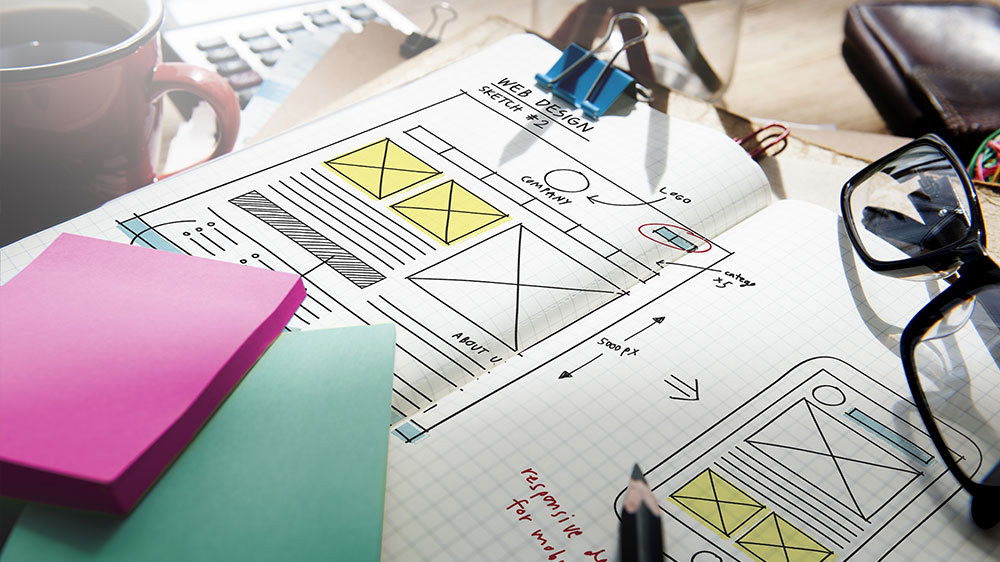How to Give (and Take) Design Feedback
The goal of providing feedback is to create a better experience and resolve a problem. Because everyone interprets messages differently, use that starting point to your advantage. “So, what are your thoughts?”
Listen first, question later
The designer deserves the chance to tell her story and finish the presentation. Intuitively, our first reaction when preparing to provide feedback is to jump in during the presentation. Allow the designer the opportunity to stay on task. There is a good chance the questions you are formulating in your head will ultimately be answered.

It’s not an opinion, it’s a question: Does it solve the problem?
Phrases or statements that include “I like” and/or “I dislike” are not welcome here. Feedback isn’t personal. Define the structure to help level set the conversation. This should be engaging, not painful.
The goal of providing feedback is to create a better experience and resolve a problem. Unclear feedback that is based on an opinion rather than a fact can make it difficult to improve the outcome of a project. Instead, tie your criticism back to the team's already aligned business goals and requirements. You can try the ‘say something positive and then position a question’ approach. For example, something like, "The navigation and how it is organized solves the hierarchy design problem within the page, however do we think the header is accurate since we decided on an informative approach?”
Respond using the right approach
To further explain in detail, there are two types of constructive feedback: positive and negative. Positive feedback can be accomplished with two parts: reaction and reason. Start with a reaction to something and follow it with the reason why. Taking both these steps creates a more complete picture of what is going on in your head without having to make assumptions. For example:
- That photo is perfect. It really sums up what we do as a business.
- The headline is great. It gets to the heart of the matter.
- This does a great job showing the benefits of our product.
Negative feedback however, should contain three parts. Still start with reaction and reason, but follow-up with an objective. You'll notice that the objective can be often posed as a question. This shows that you are open to other ideas. For example:
- The font isn’t working for me. Do you think we can we find something that is more clean and applicable to our brand?
- The font isn’t working for me. Do you think that we can find something with rounded edges or taller x-height that looks more like the print guidelines for our brand?
Don't say "I think that the typeface is ugly. I don't like it at all and I don’t think it works with our brand." Leading with an opinion shuts down the conversation and limits the exploratory opportunities.
Focus on the goal, not the solution
One tactic to avoid when providing feedback is turning the "objective" into "direction."
It’s important to explore all options before developing a solution on the spot. Not everyone has the ability to visualize a solution in their heads, so you typically fall back to things that are easy to describe. "Make the logo bigger." "Change the text to blue." These simple directions may not be the best solution to accomplish a goal. That's why it is best to communicate the goal you are trying to reach so that the best solution can be discovered.
Prioritize, recap, and share
It’s important that the feedback provided is aligned and agreed upon. Take time at the end of the session to prioritize which items are most important. Once priorities are set, a good designer should recap the key messages to determine if she has an accurate understanding of what the person providing the feedback intended to communicate. This is another chance to clarify concerns or capitalize on ideas. And last, share. Make sure that everyone at the table has a summary of key decisions, action items, and next steps.
In five easy steps, you can provide feedback that is the difference between a successful and failed product: Listen, question, respond, focus, and share. Starting with "what are your thoughts?" guarantees a better user experience at the end of the feedback design journey.


